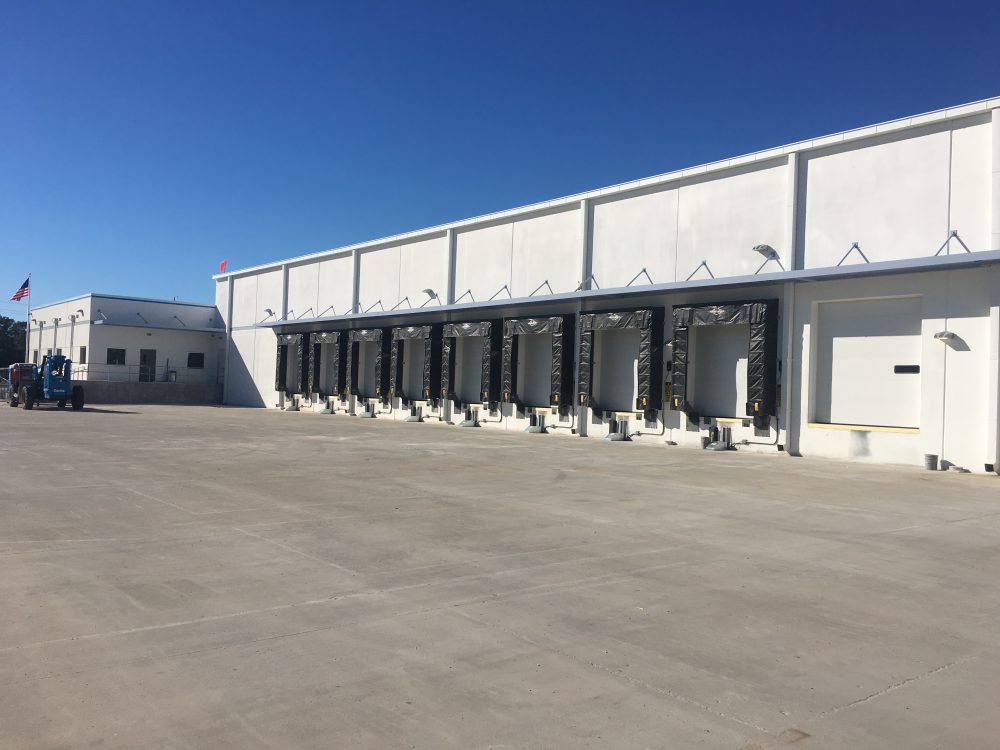Demand for Cold Storage Development Heats Up
Source: CBRE’s latest research reportGrowth in online grocery sales is stoking demand for cold storage facilities across the United States, according to a new research report from CBRE. The real estate services and investment firm found that up to 100 million square feet of additional capacity is needed to meet online sales through 2022.
However, the cost and complexity of cold storage construction could make meeting that demand difficult. The resulting shortage will likely cause cold storage to become an even more coveted real estate asset – and those willing to invest in the market stand to reap major rewards.
Read below for the top insights from CBRE’s latest cold storage report.
Continue Reading “Demand for Cold Storage Development Heats Up”



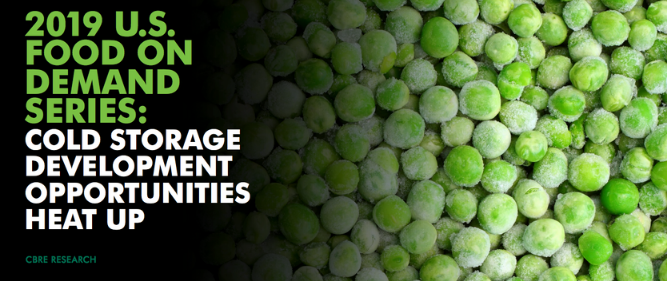
![How Stellar Services Industrial Refrigeration Compressors [VIDEO]](https://stellarfoodforthought.net/wp-content/uploads/2019/12/How-We-Service-Industrial-Refrigeration-Compressors-VIDEO.png)
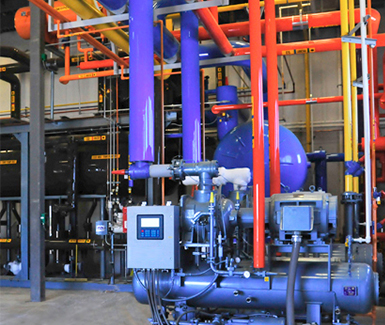
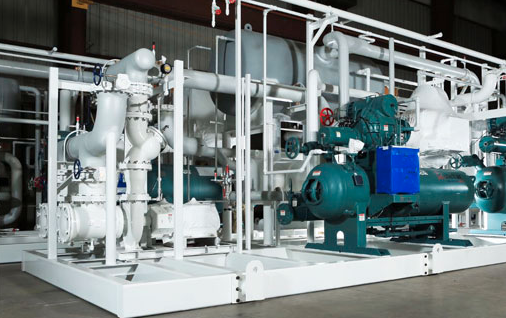

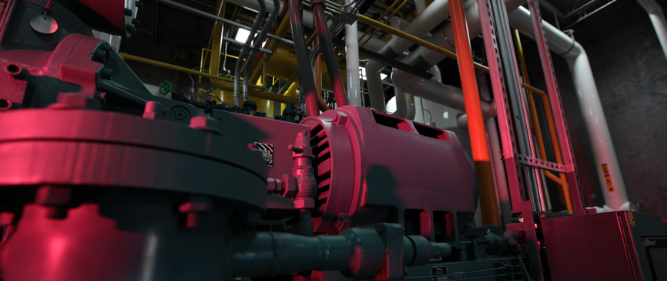
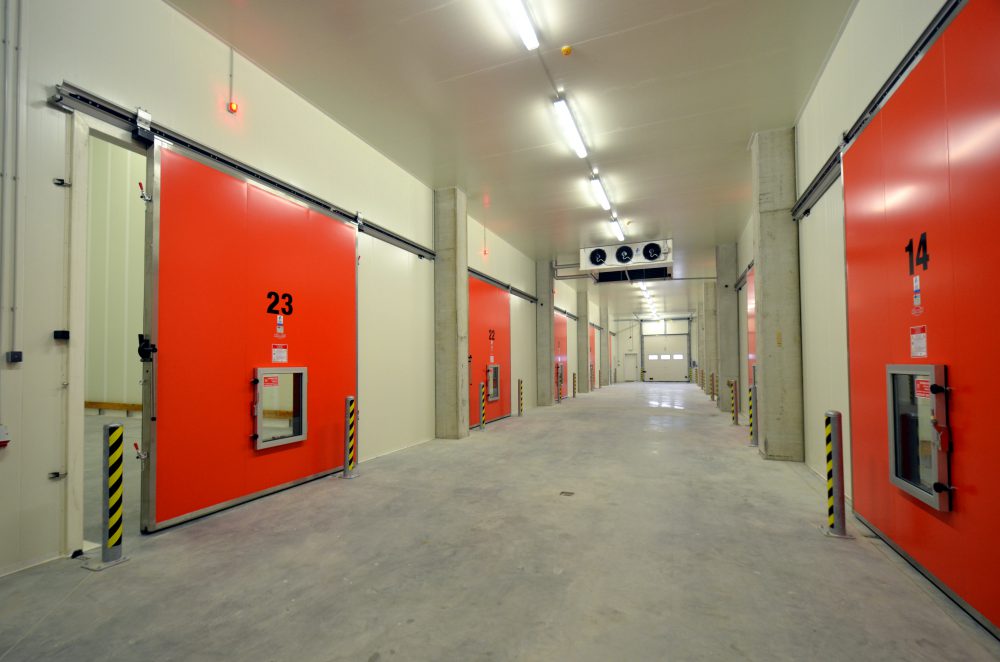
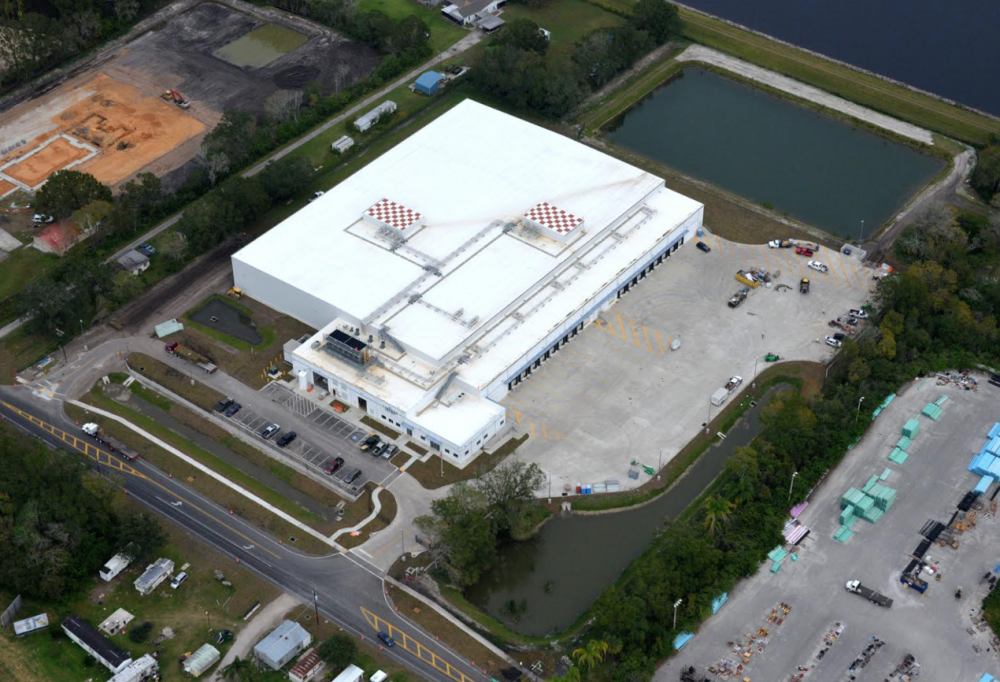
![Installing Packaged Refrigeration vs. Traditional Systems [Infographic]](https://stellarfoodforthought.net/wp-content/uploads/2018/08/083018_Feature-image.png)
